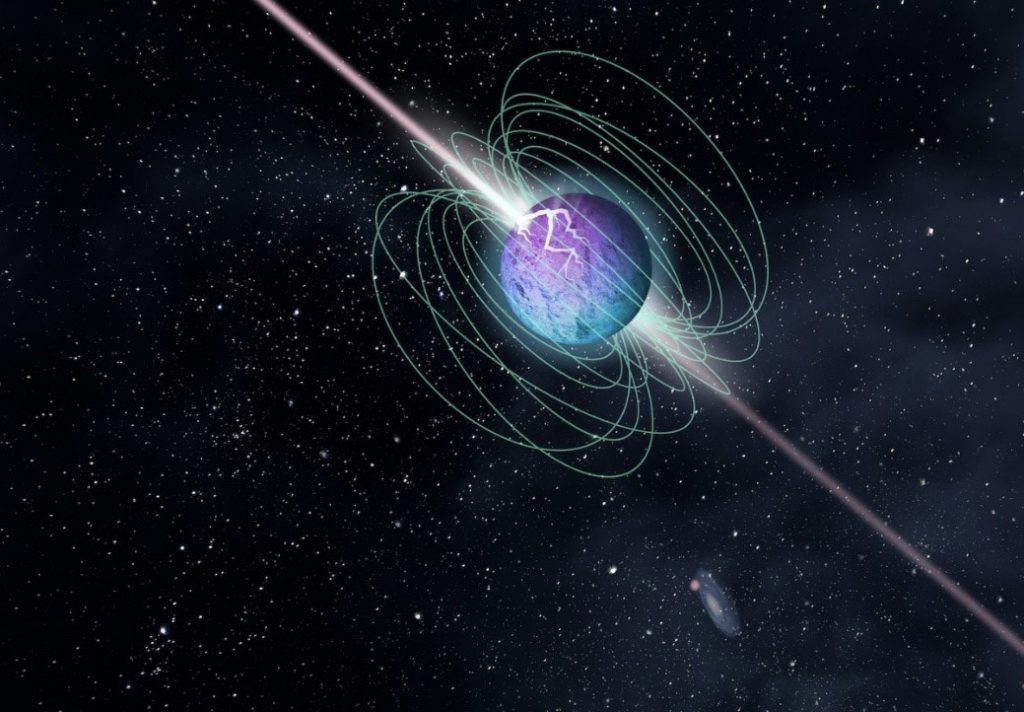The work of our McGill colleagues, members of the CHIME/FRB consortium, on the discovery of a rapid radio burst in our galaxy, is part of Nature’s top-10 discoveries of 2020

Their work is part of one of three articles published in Nature reporting the detection of a phenomenon called a fast radio burst (FRB) coming from a source in our Galaxy. Intriguingly, the FRB was accompanied by a burst of X-rays. The discovery was made and understood by piecing together observations from multiple space- and ground-based telescopes. The name ‘fast radio bursts’ is a good description of what they are: bright bursts of radio waves with durations roughly at the millisecond scale. First discovered in 2007, their short-lived nature makes it particularly challenging to detect them and to determine their position on the sky. This FRB is the first for which emissions other than radio waves have been detected, the first to be found in the Milky Way, and the first to be associated with a stellar remnant called a magnetar — proving that magnetars can drive FRBs.The CRAQ warmly congratulates all the members of the team.
Source :
Robert Lamontagne
Responsable des relations avec les médias
Centre de recherche en astrophysique du Québec
